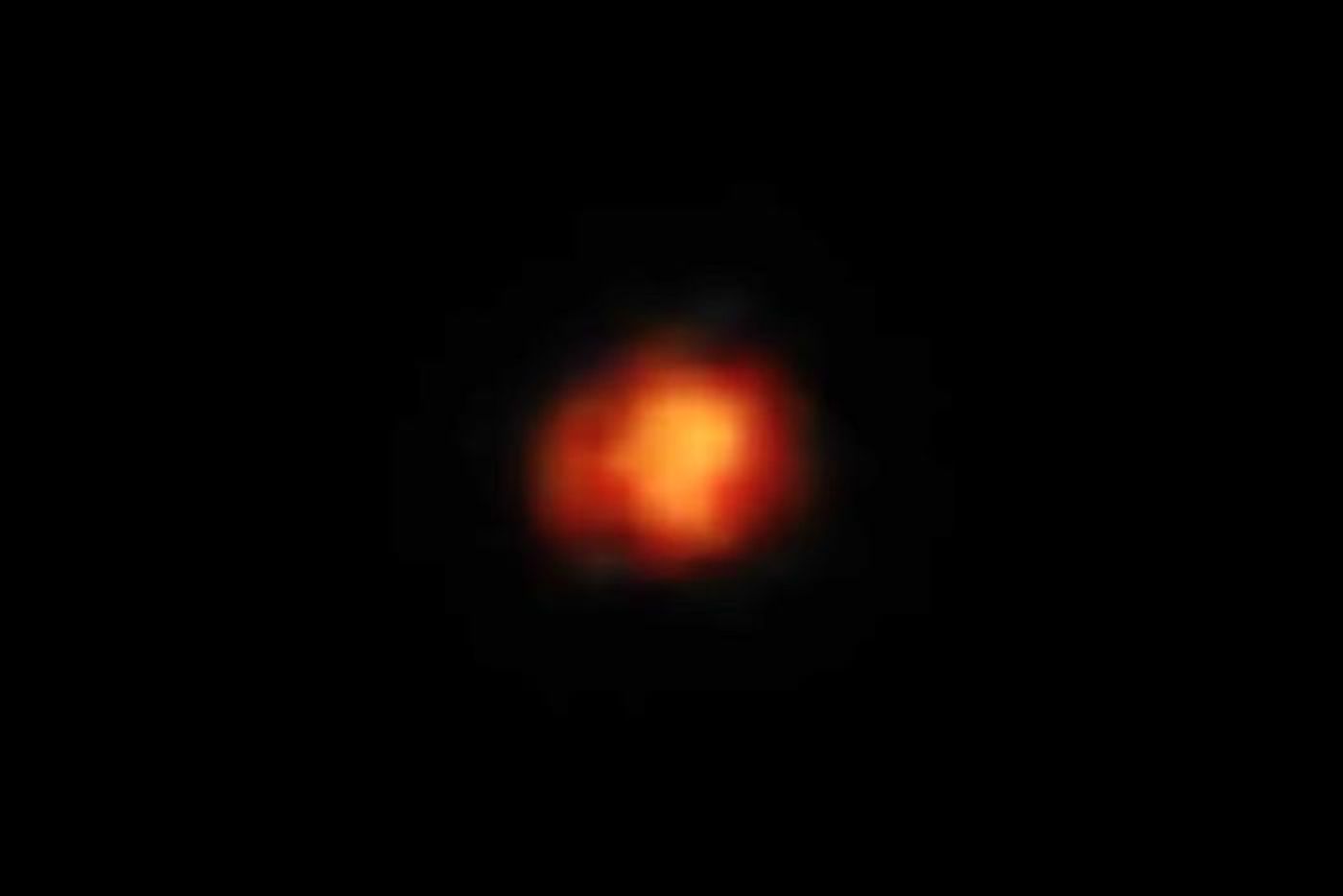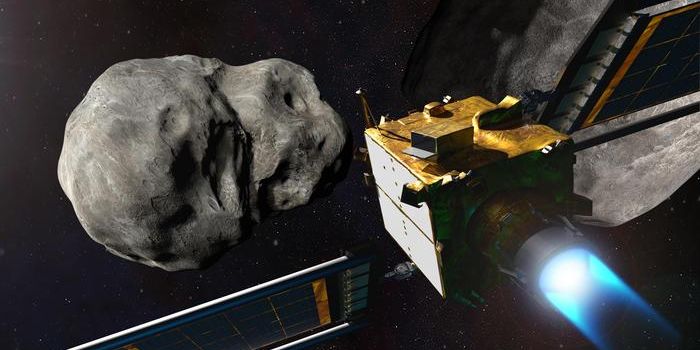James Webb Telescope Confirms Maisie's Galaxy as One of the Earliest Ever Found
A recent study published in Nature examines the confirmation of Maisie’s galaxy existing approximately 390 million years after the Big Bang, which is younger than the first detection’s previous estimate of 290 million years. However, based on calculating its redshift through spectroscopic observations from NASA’s James Webb Space Telescope (JWST), this still makes it one of the youngest galaxies to have existed in the first 500 million years of the universe which is a period known as reionization. This study was conducted by a large team of international researchers and holds the potential to help scientists better understand the conditions of the early universe, including the formation and evolution of the first galaxies.
Spectroscopic observations from NASA’s James Webb Space Telescope divulge that Maisie’s galaxy existed approximately 390 million years after the Big Bang, which makes it one earliest confirmed galaxies ever observed. (Credit: NASA/STScI/CEERS/TACC/ University of Texas at Austin/S. Finkelstein/M. Bagley)
“The exciting thing about Maisie’s galaxy is that it was one of the first distant galaxies identified by JWST, and of that set, it’s the first to actually be spectroscopically confirmed,” said Dr. Steven Finkelstein, who is a professor of astronomy at the University of Texas at Austin (UT Austin) and a co-author on the study.
Dr. Finkelstein is also the principal investigator for the Cosmic Evolution Early Release Science Survey (CEERS) responsible for the first detection of Maisie’s galaxy, which he named after his daughter due to its discovery occurring on her birthday.
Along with Maisie’s galaxy, the study also examined CEERS-93316, which is estimated to have existed approximately 1 billion years after the Big Bang with early estimates putting it less than 300 million years after the Big Bang. The team discovered this initial estimate was due to a false observation of blue light being emitted by the galaxy. The blue light appeared brighter than model predictions for galaxies that formed so soon after the Big Bang, giving the astronomers the impression that CEERS-93316 was larger than it should be.
Initial discovery of CEERS-93316
“It would have been really challenging to explain how the universe could create such a massive galaxy so soon,” said Dr. Finkelstein. “So, I think this was probably always the most likely outcome, because it was so extreme, so bright, at such an apparent high redshift.”
As always, keep doing science & keep looking up!
Sources: Nature, UT News, European Space Agency, European Space Agency (1), Wikipedia, EurekAlert!, CEERS, Wikipedia, arXiv









